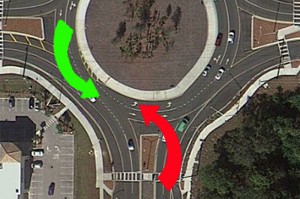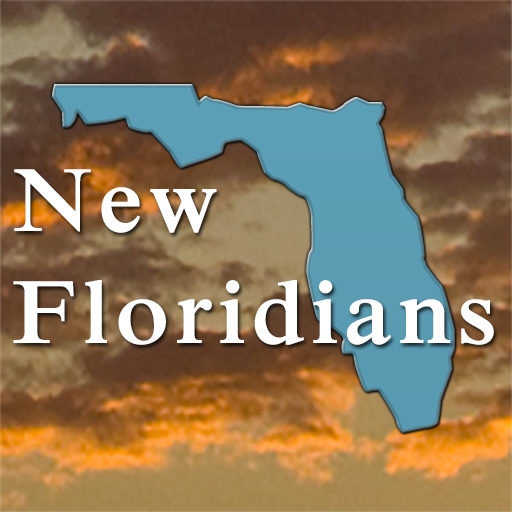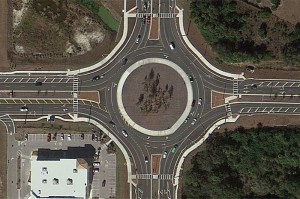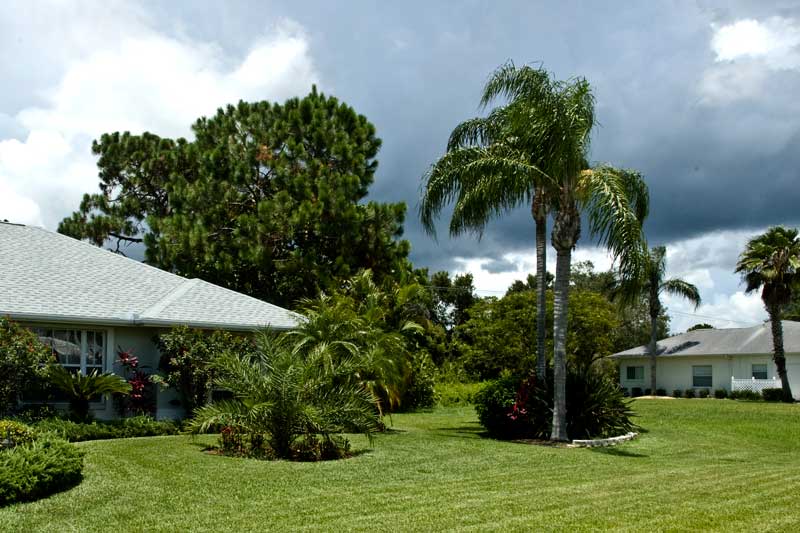For some reason, Florida local government officials, decided to replace some busy intersections with roundabouts. Not the best idea they ever had.
It is a circular section of highway where, in a perfect world, drivers enter and exit without stopping and go on their merry way. Proponents argue roundabouts keep traffic moving, slow traffic to a safer speed, and reduce traffic jams. Sounds like a good idea. In reality, a roundabout is at best confusing and at worst a disaster waiting to happen.
As drivers approach the intersection, signs warn to reduce the car’s speed from 45 miles per hour, to 15. In an ideal world, a driver should be able to enter the roundabout without needing to stop, yet yield the right of way to those already in the circle of confusion. The object is to safely travel around the road and exit at one of the four roads around the circle. If only it was that easy.
First of all, you must realize the average age in my part of Florida is 68. I’m not implying that older drivers are not safe drivers, just sayin. Second, we have many tourists and part-time residents who are not familiar with the new road feature. There is nothing worse than an elderly snowbird coming upon a roundabout. You can see the panic in their faces and in the way they handle their car. They slam on the brakes and sit and stare at the round monster, hesitating to enter its scary realm. It doesn’t help matters when the cars behind them start blowing their horns to try to urge them on. It only adds to their horror.
It is often mentioned that Europeans have been successfully using the round intersections for years. That may be true. Perhaps the reason for that is they built their roundabouts large enough to be practical. It seems that the ones built recently in Florida are too small to allow the easy flow of traffic.
For example, the one pictured here is only about four car lengths in between an entrance point and the first exit. To make matters even worse, they made the thing two lanes wide. Picture a driver entering in the left lane, only to realize he needs to exit to the right in only about fifty feet.
He has three choices:
- Hit the brakes and wait for a clear opportunity to change lanes and exit.
- Continue around the road until he can safely change lanes.
- Blindly swerve his car into the right lane and exit.
Guess which of the three options is usually taken. You guessed it, the third one.
 Even that is not as bad as what happened to today. As I entered the roundabout, in the outer lane, a car made a left turn and was traveling the WRONG WAY in the circle, heading straight for me!
Even that is not as bad as what happened to today. As I entered the roundabout, in the outer lane, a car made a left turn and was traveling the WRONG WAY in the circle, heading straight for me!
Fortunately, the car was in the inner lane. I didn’t stick around to see how this ended; I imagine it was quite a sight. Should I mention the driver was quite elderly?
Despite the frequent accidents, the county government has more circles of confusion planned. Wait a minute, just how frequent do accidents happen in the roundabout? That’s a good question. The officials state that there is no way for them to determine that, since the accidents are not listed as happening in the roundabout. Any accidents are reported by the police as occurring on the street. Does anyone beside me think this is just a bureaucratic way of dodging the facts?
Most locals try to avoid these circles of disaster as much as they can. We do the same. However, as little as we use the roundabouts, we often see accidents in and around them. They really are not safe as designed, but they are here to stay.
If you come upon a roundabout, grab the steering wheel so tight your knuckles turn white, look BOTH ways and proceed with utmost cautions. Keep an eye out for the old-timer who has been stuck in the inner lane for the last hour. He may be starting to get dizzy.
FOG sez:
The older I get, the better I was.













